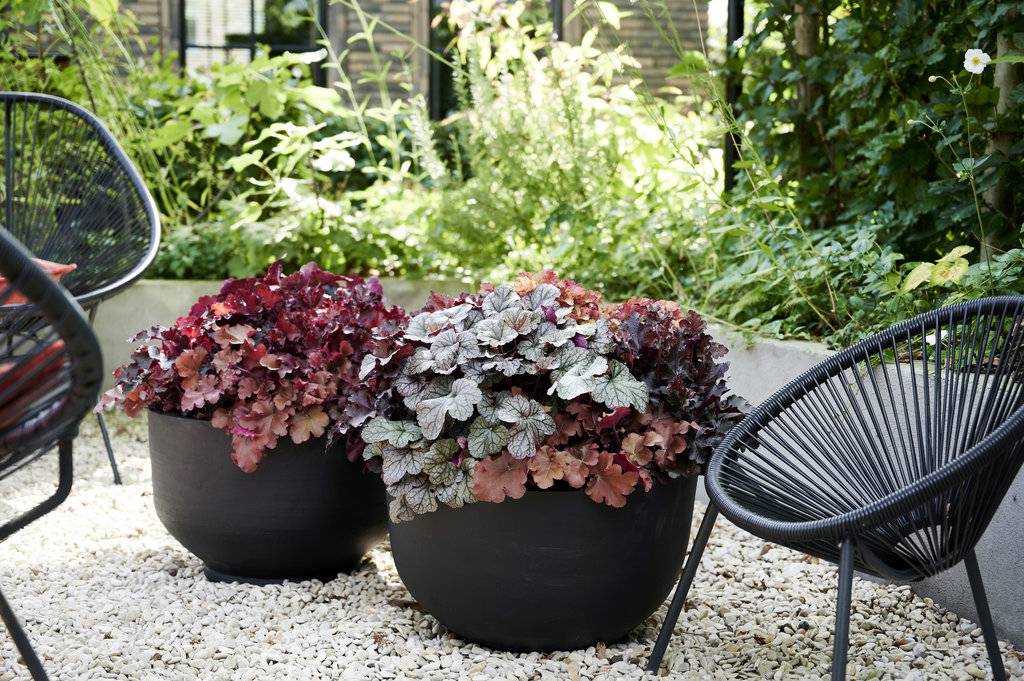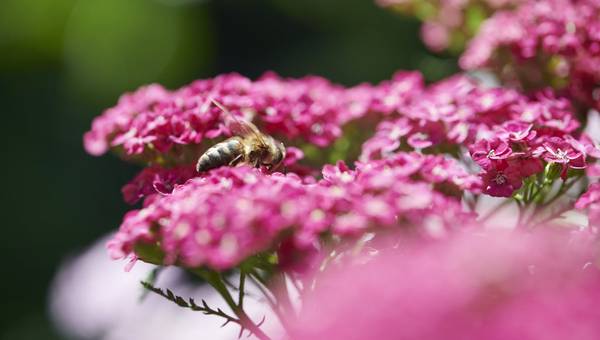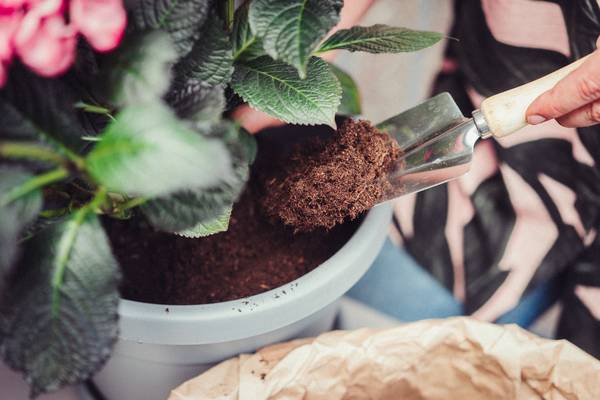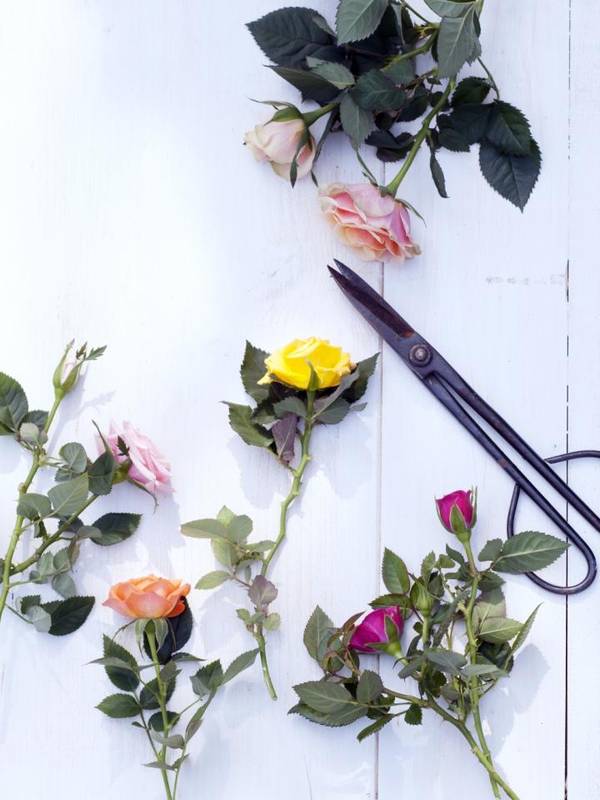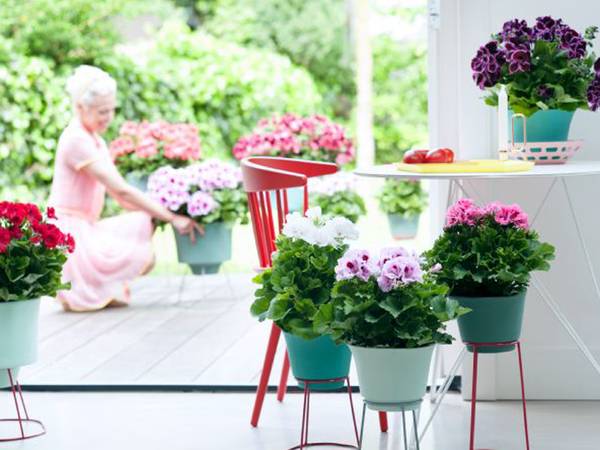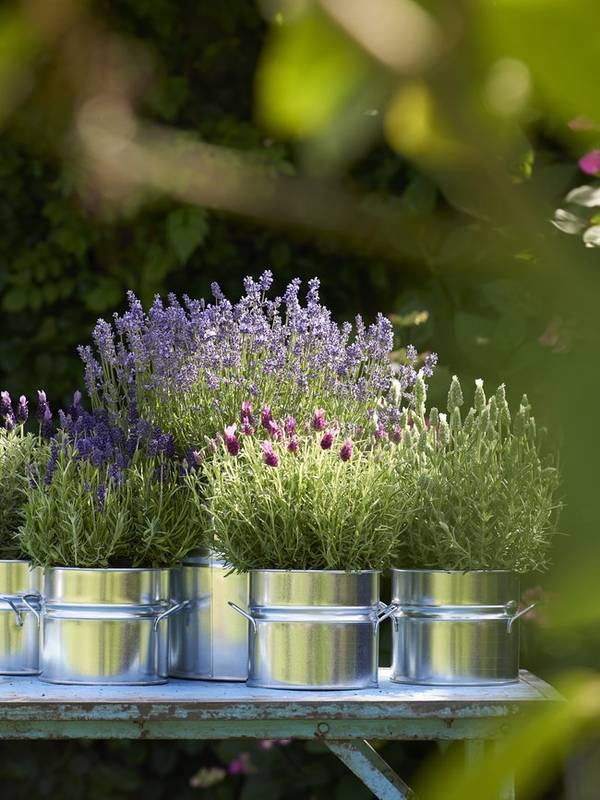
Care tips
- Alumroot likes a partially shaded or shady spot in the garden. If it’s placed in full sun and/or in containers it will want some extra water.
- The plant feels at home in virtually any soil type.
- Give some fertiliser regularly to keep the plant healthy and strong.
- It’s a good idea to lift the alumroot once every three years in the autumn or spring and split it. Splitting involves pulling plants with enough roots apart in order to get two or more plants. This also keeps the ‘parent plant’ young and vigorous.
- If the plant raises itself above the soil it’s a good idea to re-plant it in the autumn at a greater depth.
- Removes some ugly leaves in the spring so that your alumroot can grow some new foliage.
Alumroot, or Heuchera, is a hardy perennial with unusual characteristics. The plant not only retains its leaves all year round, but those leaves are also bright green, caramel, dark red, lemon, silver, black or bronze, Some varieties of alumroot have bicoloured leaves, unusual veins or incisions in the leaf. There are also varieties with XXL leaves. Delicate sprays of flowers also project above those unusual leaves in the summer on tall, thin stems. Alumroot can be planted in beds, pots, containers or baskets.
Origin
Heuchera originates from Mexico and the United States. The plant was named after the botanist J.H. von Heucher in the 17th century.
Trivia
- There are dozens of varieties of Heuchera. Breeding and propagation has made the range bigger and healthier.
- The leaves and flowers can also be used to make floral arrangements. Make sure that the leaves are not too young. The best time to use them is from July.
